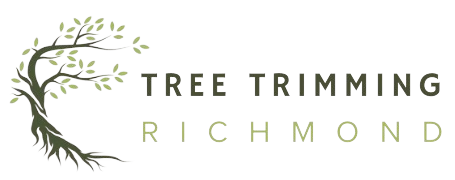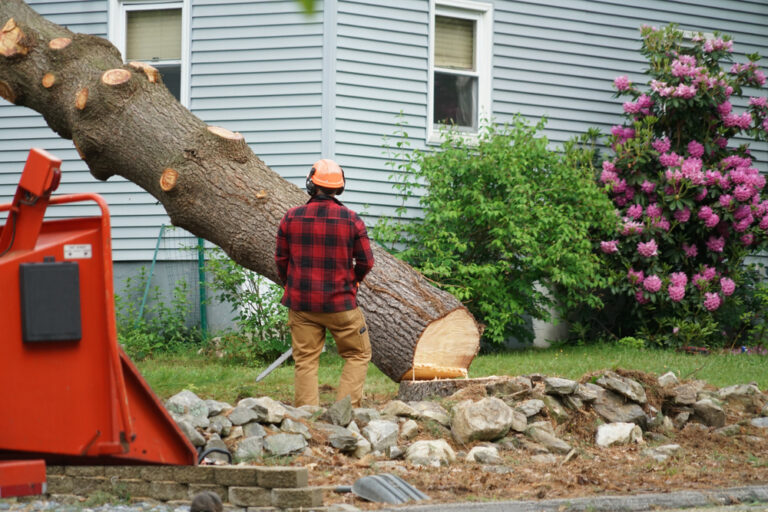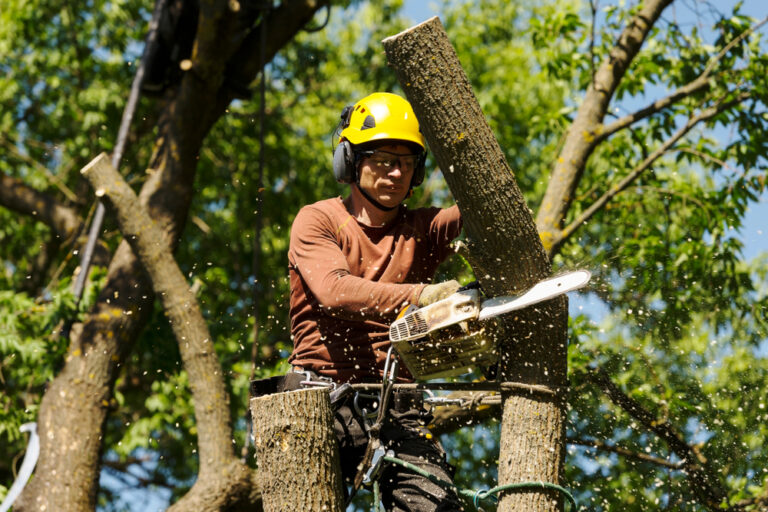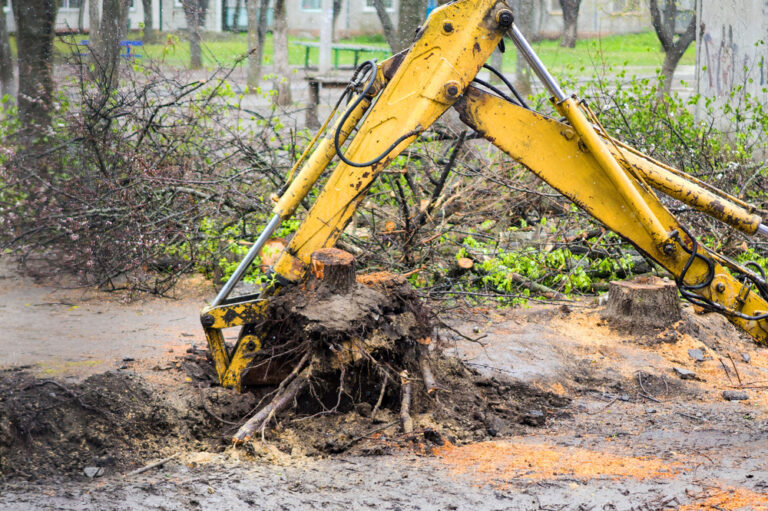Preserving the Green Heritage: Becoming an Advocate for Tree Preservation in Richmond, VA
Tree preservation in Richmond, VA, stands as a critical issue deserving of our attention. Trees provide indispensable benefits for the environment, economy, and community, yet they face numerous threats. This article aims to encourage and guide individuals to become advocates for tree preservation in Richmond, demonstrating how each of us can play a vital role in maintaining our city’s green heritage.
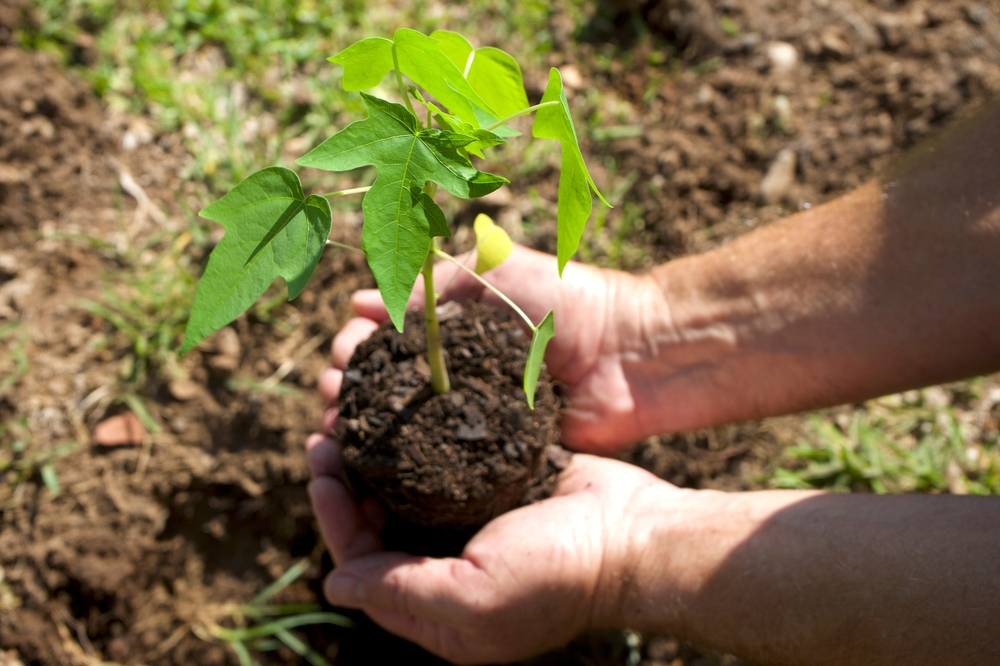
Understand the Significance of Trees in Richmond
Richmond’s trees offer a plethora of benefits that extend far beyond their aesthetic appeal. Statistics show that urban trees significantly improve air quality by absorbing pollutants like ozone, nitrogen dioxide, and particulate matter. In Richmond, trees remove an estimated 1,200 tons of air pollution annually, enhancing the health and well-being of its residents. This removal of pollutants reduces respiratory issues, heart disease, and other health problems linked to poor air quality, providing a direct public health benefit.
Moreover, trees play a crucial role in mitigating climate change. They sequester carbon dioxide, a key greenhouse gas, thus helping to reduce the urban heat island effect. This is particularly important in cities like Richmond, where summer temperatures can soar. Additionally, trees provide shade, which can lower surface and air temperatures by as much as 20 to 45 degrees Fahrenheit, reducing the need for air conditioning and consequently lowering energy costs. During heatwaves, the presence of trees can be lifesaving, offering cool refuges in urban areas.
Economically, trees are invaluable. Properties with well-maintained trees often have higher market values. Research indicates that homes with mature trees can see an increase in value by up to 15%. This appreciation in property value translates to increased wealth for homeowners and can boost the local economy through higher property tax revenues. Trees also reduce energy costs by providing natural cooling and windbreaks, leading to savings on heating and cooling expenses. Studies have shown that neighborhoods with a healthy tree canopy can save up to 25% on air conditioning costs.
Culturally and historically, Richmond’s trees are intertwined with the city’s identity. Iconic streets lined with old oak and magnolia trees, historic parks, and gardens create a unique atmosphere that defines Richmond’s charm. These trees are often witnesses to significant historical events and are a living link to the past. For example, the magnificent trees in Hollywood Cemetery are not only part of a beautiful landscape but also contribute to the solemnity and reverence of the site. Preserving these trees means preserving the history and culture embedded in the city’s landscape, ensuring that future generations can enjoy the same rich heritage.
Learn About the Current State of Tree Preservation in the City
Efforts to preserve trees in Richmond are underway, led by local government and various organizations. The City of Richmond’s Urban Forestry Division is dedicated to managing and expanding the urban forest. Programs like the Adopt-a-Tree initiative encourage residents to take an active role in tree planting and care. This program allows citizens to adopt young trees planted by the city, providing them with necessary care during the critical early years of growth.
However, tree preservation faces significant challenges. Urban development and expansion pose constant threats to existing trees. Construction projects often lead to the removal of mature trees, disrupting ecosystems and diminishing the tree canopy. The pressure to develop new housing and commercial spaces in a growing city like Richmond often comes at the expense of green spaces. Additionally, invasive species and diseases, such as the emerald ash borer, threaten the health of Richmond’s trees. This beetle has decimated ash tree populations across North America, including in Richmond, leading to the loss of significant tree cover.
Despite these challenges, there have been notable successes in tree preservation. For instance, the Richmond Tree Stewards, a volunteer group, has been instrumental in planting and maintaining thousands of trees across the city. Their efforts have resulted in a measurable increase in the urban tree canopy, contributing to environmental sustainability and community well-being. Another success story is the James River Park System, where extensive efforts have been made to preserve and expand the natural forested areas along the river, providing both recreational opportunities and environmental benefits.
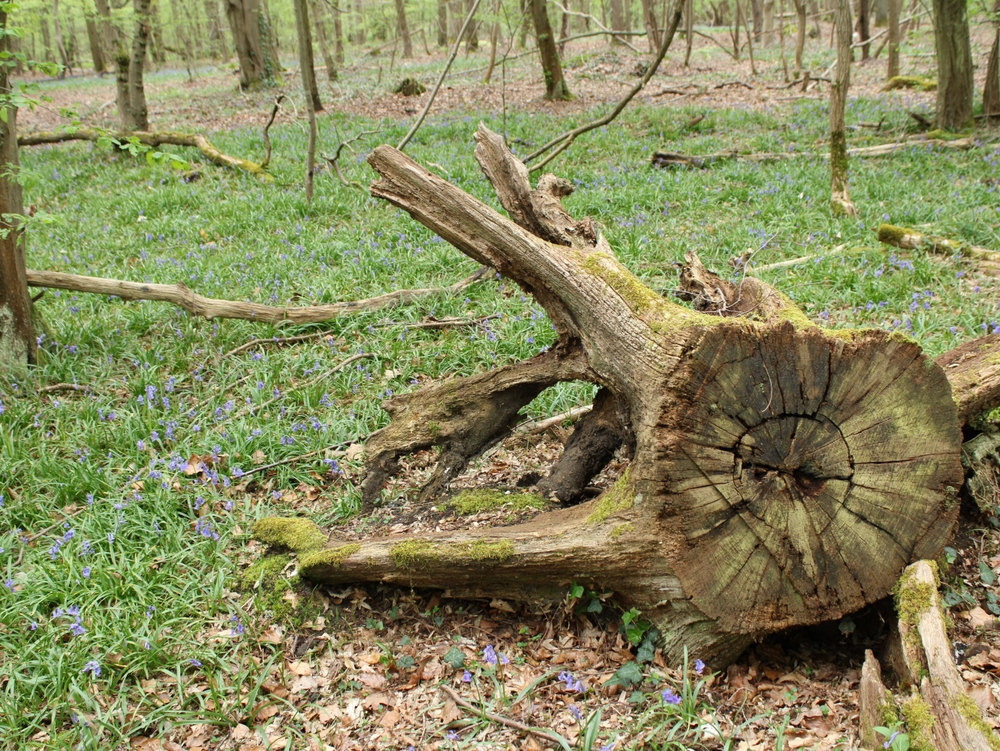
Get Involved in Local Organizations and Initiatives
Becoming an advocate for tree preservation begins with getting involved in local organizations. Richmond is home to several groups dedicated to this cause. The Richmond Tree Stewards, as mentioned earlier, offer training and volunteer opportunities for those interested in tree care and advocacy. This organization provides an extensive training program that covers tree biology, proper planting techniques, pruning, and pest management. Graduates of the program become certified Tree Stewards, equipped with the knowledge and skills to care for trees and educate the community.
The Alliance for the Chesapeake Bay also plays a pivotal role in promoting tree planting and conservation efforts throughout the region. Their programs focus on restoring riparian buffers—strips of trees and vegetation along waterways—which are crucial for improving water quality in the Chesapeake Bay watershed. Volunteers can participate in planting native trees and shrubs, which help filter pollutants from runoff before they reach streams and rivers.
Volunteering with these organizations can take many forms. You might participate in tree planting events, where volunteers come together to plant new trees in parks, schoolyards, and along streets. These events are often family-friendly and provide a hands-on way to contribute to the community. Attending workshops and training sessions can provide valuable knowledge about tree care, identification, and the ecological benefits of trees. Additionally, many organizations host community events aimed at raising awareness about the importance of tree preservation, such as tree walks, educational seminars, and Arbor Day celebrations.
Community involvement is crucial for the success of these initiatives. By working together, residents can create a network of support for tree preservation, ensuring that Richmond’s urban forest thrives for generations to come. Local businesses can also get involved by sponsoring tree planting events or providing resources for tree care. Schools can integrate tree education into their curricula, fostering a new generation of tree advocates.
Educate Yourself About Tree Preservation and Advocacy
Education is a powerful tool in the fight for tree preservation. Numerous resources are available to help individuals learn more about this important issue. Books such as “The Hidden Life of Trees” by Peter Wohlleben and “Urban Forests” by Jill Jonnes offer insightful perspectives on the role of trees in urban environments. Wohlen’s book delves into the intricate social networks of trees and their ability to communicate and cooperate, providing a deeper appreciation for their complexity. Jonnes’s work highlights the history and future of urban forests in America, emphasizing the need for continued preservation efforts.
Websites like the Arbor Day Foundation and the Virginia Department of Forestry provide extensive information on tree care, planting, and conservation strategies. The Arbor Day Foundation offers a wealth of resources, including tree identification guides, planting tutorials, and information on the benefits of trees. The Virginia Department of Forestry provides specific guidelines for tree care in the state, including advice on selecting native species that thrive in Richmond’s climate.
Understanding the laws and regulations related to tree preservation in Richmond is also essential. The city has ordinances that protect certain trees and regulate tree removal. For example, the City of Richmond’s Tree Protection Ordinance requires permits for the removal of certain trees, especially those of significant size or historical importance. Familiarizing yourself with these regulations can empower you to advocate more effectively for tree preservation.
Staying updated on current events and issues related to tree preservation is equally important. Follow local news, join relevant social media groups, and subscribe to newsletters from organizations involved in tree conservation. Being informed allows you to respond quickly and knowledgeably to threats against Richmond’s urban forest. For instance, if a development project threatens to remove a significant number of trees, being aware of the situation early allows you to organize and mobilize community support to advocate for alternative solutions.
Take Action
Taking action is the most impactful step you can take to support tree preservation in Richmond. Start by advocating for trees in your own neighborhood. Plant trees in your yard, care for existing trees, and encourage your neighbors to do the same. Small actions can collectively make a significant difference. For example, organizing a neighborhood tree planting day can enhance the local environment and foster a sense of community.
Engaging with local government is another effective way to advocate for tree preservation. Attend public hearings and voice your support for tree-friendly policies. Public hearings on development projects or environmental regulations are opportunities for citizens to express their concerns and support for tree preservation. Contact local officials to express your concerns about tree removal and urban development projects. Writing letters or emails, making phone calls, and attending council meetings can all make a difference. Your input can influence decisions that impact the city’s tree canopy.
Social media is a powerful platform for spreading awareness about tree preservation. Share information, success stories, and calls to action with your followers. Use hashtags related to tree conservation to reach a broader audience and connect with like-minded individuals. Platforms like Facebook, Twitter, and Instagram can help amplify your message and rally community support. For instance, sharing before-and-after photos of tree planting projects can visually demonstrate the positive impact of these efforts.
Citizen involvement is crucial for shaping tree preservation policies and decisions. When residents actively participate, it signals to policymakers that the community values its trees and supports efforts to protect them. Your advocacy can lead to stronger regulations and more resources dedicated to maintaining Richmond’s green heritage. For example, sustained community pressure has led to the establishment of urban forestry programs in cities across the country, demonstrating the power of collective action.
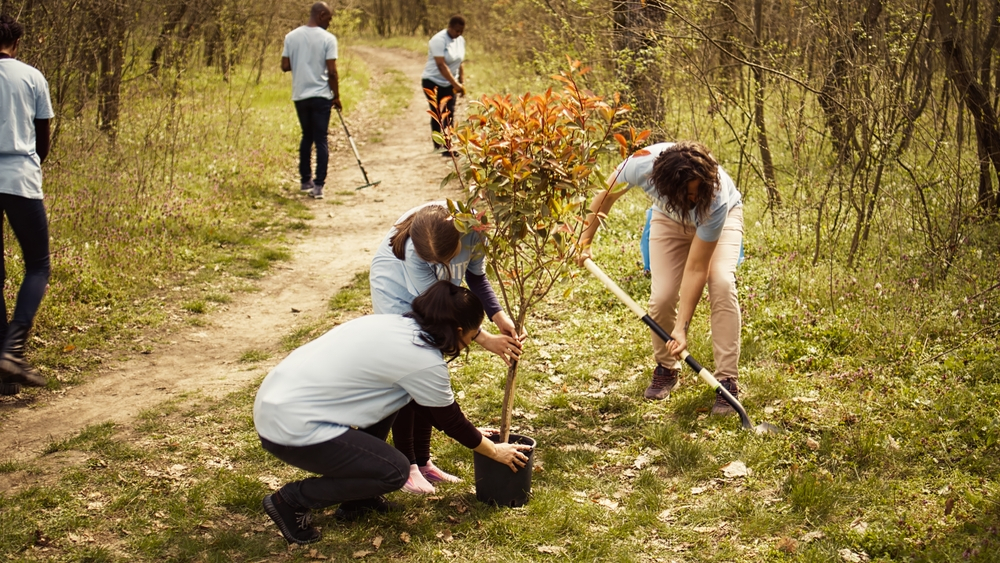
Conclusion
Tree preservation in Richmond, VA, is vital for the environment, economy, and community. The benefits of trees, from improving air quality to enhancing property values, are too significant to ignore. As individuals, we have the power to make a difference by becoming advocates for tree preservation.
By understanding the importance of trees, learning about current preservation efforts, getting involved in local organizations, educating ourselves, and taking action, we can contribute to a healthier and more vibrant urban forest. Let us all take responsibility for preserving Richmond’s green heritage, ensuring that future generations can enjoy the many benefits of a well-maintained urban forest. Your efforts, combined with those of others in the community, can create a lasting impact on the city’s landscape and quality of life.
Now is the time to act. Join the movement to protect Richmond’s trees, and together, we can make our city greener, healthier, and more beautiful. The legacy of a lush and thriving urban forest is within our reach, but it requires the dedication and effort of every individual. Let us embrace the responsibility and privilege of caring for our trees, so that Richmond can continue to be a place of natural beauty and ecological resilience.
Tree Trimming Richmond
(804) 533-3943
https://treetrimmingrichmond.com/
